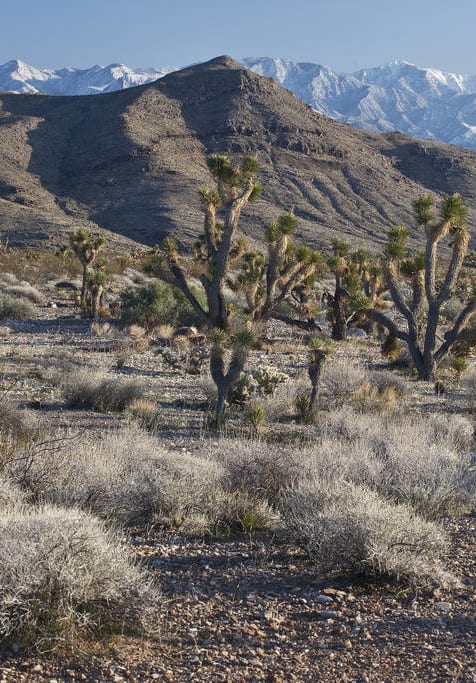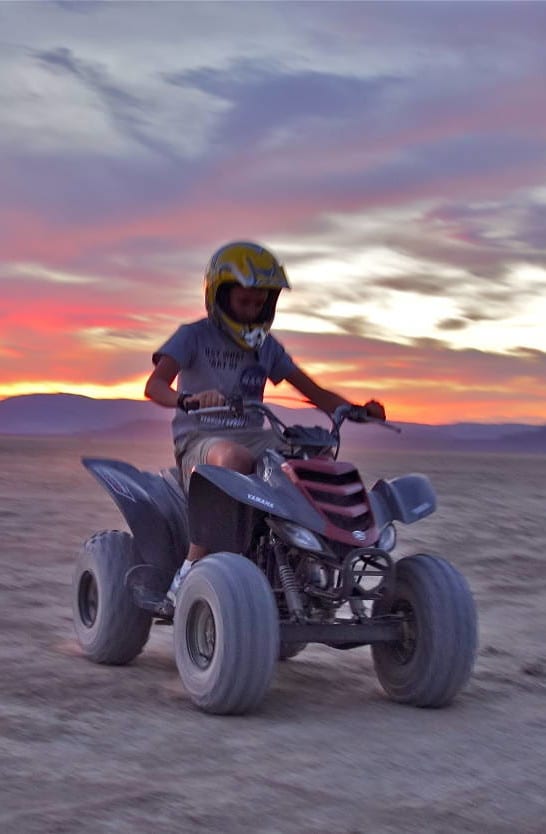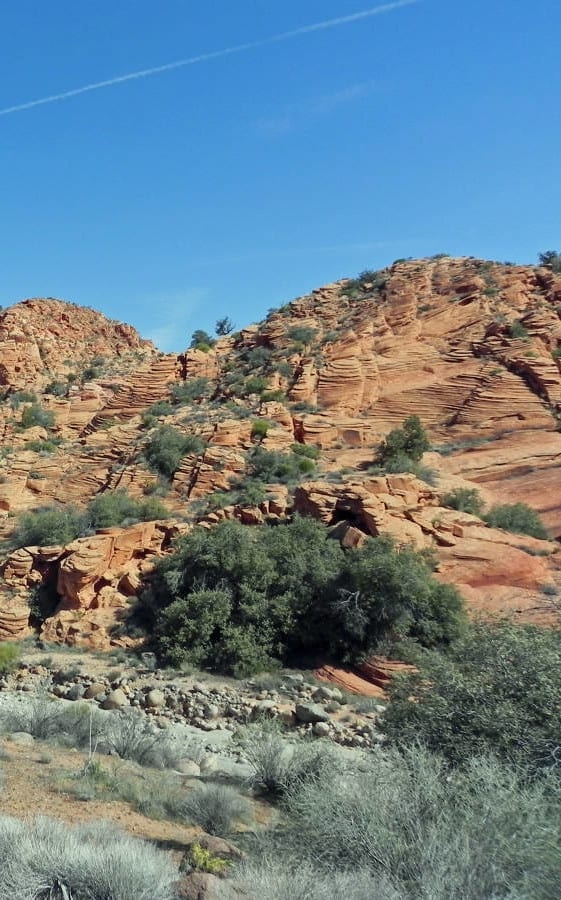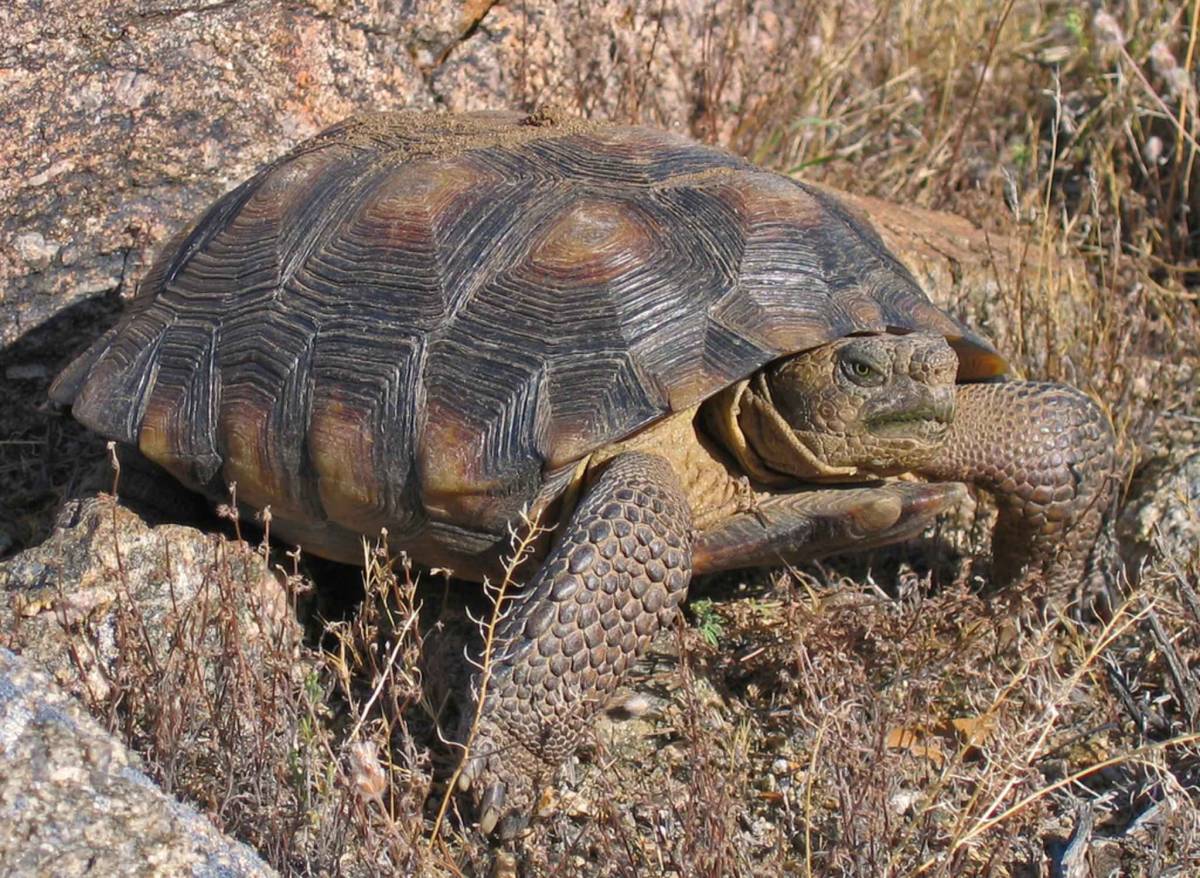
Washington County officials are expressing outrage in regards to a recently released Bureau of Land Management draft resource management plan. The conflict results from what those officials are saying are changes to an agreement made in 2009. Officials believe the changes in the language and direction of the draft has the potential to negatively impact Washington County and perhaps even change the lifestyle of southern Utah residents.
“I’m livid, angry,” Washington County commissioner Victor Iverson stated. “I think really what we’re dealing with is a complete betrayal by the [BLM] St. George field office—a betrayal of the spirit and letter of the 2009 lands bill, a betrayal of the county’s right to be a cooperating agent, and a betrayal of commonsense and good land management practices.”

Washington County commissioner Alan Gardner told The Independent his thoughts regarding the Draft Resource Management Plans for the Beaver Dam Wash National Conservation Area, the Red Cliffs National Conservation area and an amendment to the St. George Field Office Resource Management Plan.
Commissioner Gardner, who has served as a County Commissioner for 19 years, raised several questions regarding the plan.
“How did we get here? Were our expectations met? I attended all the committee meetings as an interested citizen and was sworn in as a commissioner around the time the implementation agreement was signed.” Gardner was the lead commissioner on the 2009 Omnibus Public Land Management Act.
The Federal Land Policy Management Act, which was passed by Congress in 1976, directs the BLM to identify any area that could be considered as having wilderness characteristics. This resulted in temporary wilderness areas or wilderness study areas.
A total of 88,501 acres of wilderness study areas, or 13 different areas of Washington County, were identified. Out of the 88,501 acres, 66,178 were recommended to Congress to be designated as wilderness.
Several statewide wilderness bills for Utah were introduced, but none of those bills were able to pass Congress.
Then-governor of Utah Olene Walker met with The Utah Association of Counties in St. George and suggested a single-county wilderness bill. Nevada’s Clark County had already passed a bill, and Lincoln County, Nev., was in the process of drafting a bill. Washington County, hopeful to build an alliance of diverse interests, brought together 19 entities, including the Southern Utah Wilderness Alliance, the Wilderness Society, and the Sierra Club. However, the commission felt these groups had agendas that did not serve the interests of Washington County.
Senator Bob Bennett wrote another bill, which did not pass due to insufficient support.
The Vision Dixie planning process was also initiated. That process took an additional two years. The Lands Bill was signed into law in 2009 after taking more than five years to pass Congress.

Steve Jurvetson / CC BY 2.0
Commissioner Gardner describes the bill as intended to balance the interests of all the entities who wanted to participate. Gardner stated that the bill actually created more wilderness than the BLM originally identified and that the establishment of wilderness was balanced with the agreement that no more wilderness would be created. According to Gardner, grazing, prospecting, and open-ride areas for ATVs and four-wheel-drive vehicles along with other activities would be permanently protected.
The management plan or draft that is now proposed is what Washington County commissioners are calling, “an 1100 page bombshell.” The commissioners have said the management plan could affect anyone who hikes, bikes, camps, climbs, ranches, or drives in or through the Washington County area. It restricts access, claims water rights, and could eliminate the possibility of the proposed Northern Corridor.
“I believe that the BLM has done exactly what the 2009 Omnibus Land Bill required them to do, which is to offer options for a northern transportation route through Washington County,” said Lisa Rutherford, a former member of the board of Citizens for Dixie’s Future currently serving as an adviser for the group, in a statement to The Independent.

According to Rutherford, the BLM is being chastised for not supporting the exact route that local leaders want. The route would start at Interstate 15’s Exit 13 (to Washington Parkway) and cross the prime habitat of the Red Cliffs Desert Reserve to connect with the existing Red Hills Parkway.
Rutherford stated that there are four options provided in the plan including what’s been called the “Great Northern Corridor.” That route would run north of the Red Cliffs Desert Reserve. This option would be more expensive to build but would provide the east-west corridor desired and could be established as a toll road to help recoup some of the higher costs.
This route would avoid the challenges that the Washington Parkway, preferred by local leaders, will face since it is not in keeping with preserving the threatened and endangered species for which the Red Cliffs Desert Reserve was originally established.
At the Sept. 22 meeting, Ivins City Mayor Chris Hart expressed great displeasure that the BLM did not include city leaders in the decision-making process.
Rutherford argues that development of this Resource Management Plan by the BLM has been going on for six years, ever since the 2009 Omnibus Bill was passed. The 2009 bill resulted from the earlier 2006 Washington County Lands bill, which was challenged by local citizens. Rutherford asserted that this issue has been in the works for nine years and that for local leaders to now say they didn’t have opportunities for comment or be involved is disingenuous.
The BLM has held open houses to answer questions from concerned citizens. Citizens for Dixie’s Future has likewise held meetings in the past and has an additional meeting scheduled for Sept. 30.
Commissioner Gardner said that another concern is that sections of the draft management plan propose introducing endangered California condors into the two national conservation areas in Washington County, adding another challenge for those who favor development over conservation.

Language in the draft management plan states that condors already in the county are part of an experimental population and are not subject to the full protection of the Endangered Species Act.
Gardner’s concern is that if condors are introduced into the county’s national conservation areas, they also will be fully protected as is the desert tortoise.
Additional restrictions could result due to the fact that condors have a very large home range. The Center for Biological Diversity has already filed lawsuits in Arizona and California over the use of lead bullets within the condor’s range.
“I’m not surprised that there is controversy over the lands in question,” stated Brian Tritle, St. George BLM field office manager. “There are three different desert habitats that intersect in the area. The area is very diverse. The BLM’s job is to strike a balance between the concerned parties within the laws and policies outlined by the BLM. The draft is a process, it’s to propose alternatives. The decision has not been made. The draft looks at whether or not there should be more restrictions or less restrictions, but it is not the final plan.”
“With turnover in ranks in the BLM and other parties involved, there is a lot to do,” said Tritle when asked about whether or not he would support a 90-day extension of the comment period. “Bridging the gap is not going to be easy. I believe that an extension of a comment period would be a reasonable request. The draft is 1100 pages. We want to resolve the issues and make sure that the public is fully aware.”
County officials are demanding the extension of the comment period for the draft plans, which is set to expire Oct. 15, and say litigation will be filed if a 90-day extension is not granted. Commissioners did pass a resolution at a special Washington County Commission meeting, demanding that the BLM grant an extension to allow time to fully address the potential negative impacts that would result from implementation of the plans as currently drafted.
Currently, written comments on the recently released draft plans are being accepted by letter or email until Oct. 15. Please reference “NCA RMPs” when submitting comments. Email is utsgrmp@blm.gov. Comments can be emailed here or sent in writing to the following address.
BLM-Utah St. George Field Office
Attn: Keith Rigtrup
345 East Riverside Drive
St. George, UT 84790
The Washington County Attorney’s Office offers the following suggestions for commenting.
“Effective comments refer to specific details of the draft NCA RMPs or draft amendment. They address substantive issues, such as the accuracy of BLM’s information sources; provide new information; or suggest reasonable alternative courses of action.”
“All comments will be considered during BLM’s decision-making process, but only substantive comments will be addressed in the Proposed NCA RMPs and Proposed RMP Amendment/Final EIS. We need comments that not only state a preference for certain management actions but also include the reason for that preference.”





If the BLM is attempting to exclude uses that are incompatible with wilderness areas like ATV use, excluding lead ammunition, encouragement settlement of endangered species, and promoting conservation over development, they are doing their job for the majority of people who wish to see some areas preserved for all species, not just those hoping to ride through the desert on loud machines with rifles in hand. Thanks BLM keep up the good work. These are public lands not county of Washington lands
If Alan Gardner doesn’t like the plan, then it must be a good one!
We must stop the BLM from controlling the lands in Washington County. Residents should be in control.